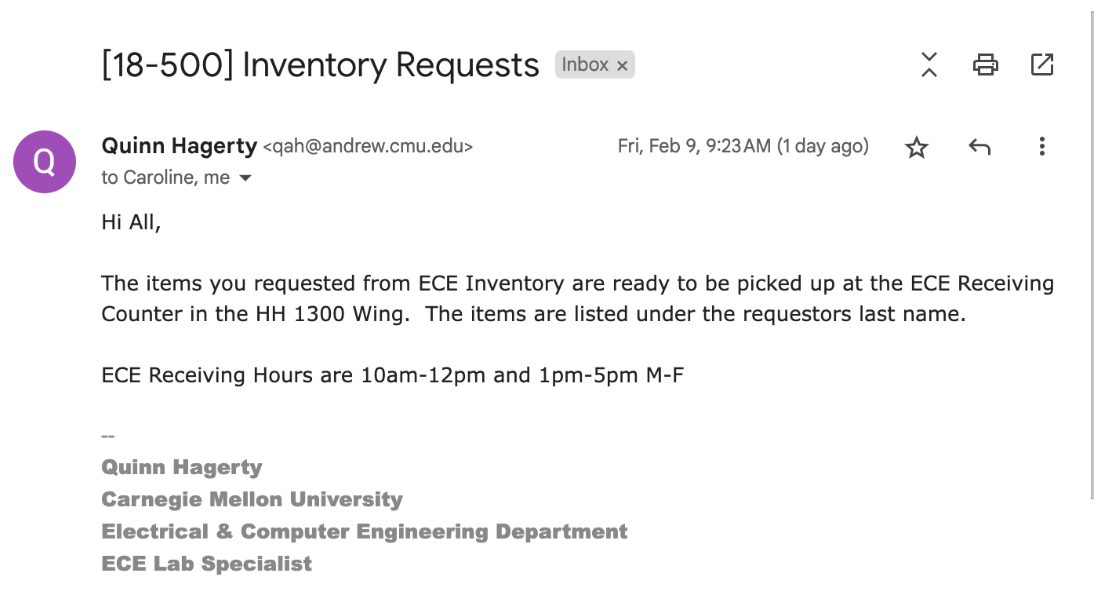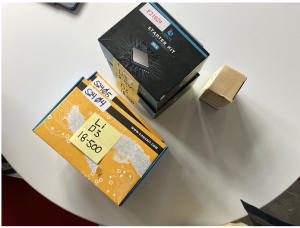Risk Identification and Mitigation Strategies
Primary Risk Concern: The project’s foremost challenge lies in the utilization of a camera for detecting expiration dates on products. This concern bifurcates into two significant issues:
- Compatibility with Raspberry Pi: The primary uncertainty revolves around whether the selected camera is compatible with Raspberry Pi hardware. This compatibility is crucial for the seamless integration of hardware and software components of our project.
- Image Clarity for Text Recognition: Another pivotal concern is whether the chosen camera possesses the requisite resolution and clarity for the software to accurately recognize and interpret expiration dates.
- Capture Timing: The final main concern is when the camera acquires the image. The user will face the expiration date towards the camera, but there is no cue when the image is most clear / the expiration date is most in view, and when the camera is most in focus.
Mitigation Measures: To preemptively address these risks, we have procured two distinct cameras. The initial choice is a high-quality camera, selected for its superior image quality, pending compatibility confirmation with Raspberry Pi. Should this camera not meet our compatibility requirements, we have a contingency option—a second camera, already included in our Raspberry Pi inventory. This backup camera is guaranteed to be compatible with Raspberry Pi, ensuring our project’s progression without delays related to hardware integration.
Project Design Updates
As of the current reporting period, there have been no modifications to the initial design of the project. The team remains committed to executing the project as per the originally outlined specifications and design framework.
Schedule and Timeline
The project is progressing as planned, with no deviations from the initial schedule. We remain on track to meet our projected milestones and deliverables within the established timeframe.
Appendix


